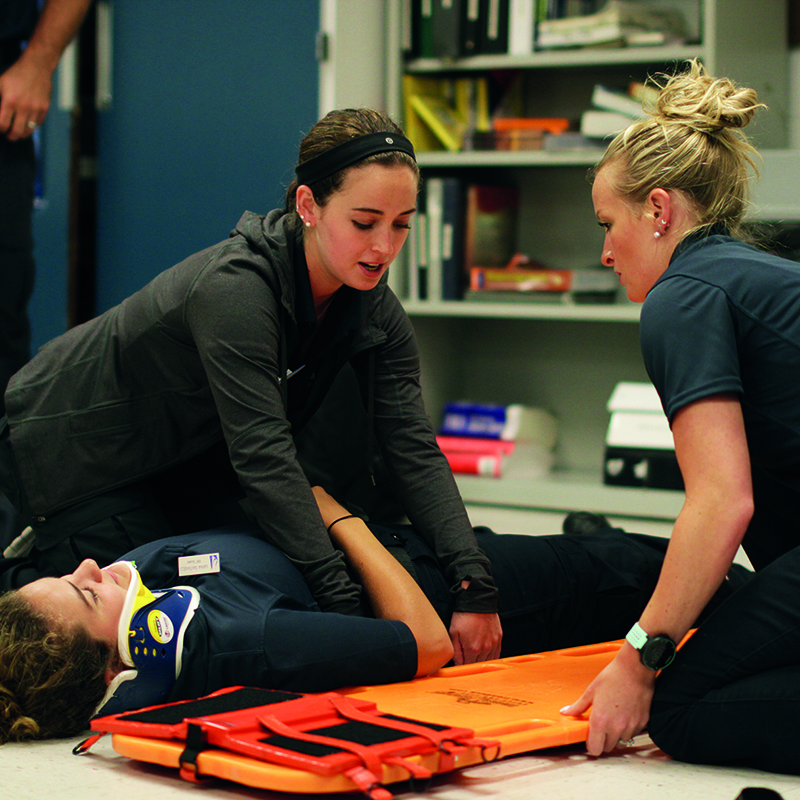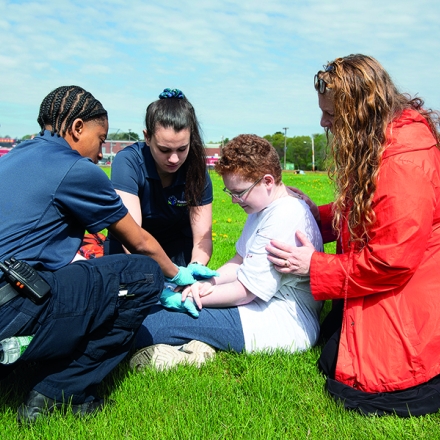- High school diploma or equivalent, or associate degree or higher.
- English Placement: Placement into EN 098 Fundamentals of Composition II or completion of EN 090 Fundamentals of Composition I with a grade of C or higher.
- Reading: Reading Placement Test with a score of 246 or higher.
- CORI (Criminal Offender Record Information) and SORI (Sexual Offender Registry Information) background checks are required before clinical placement and will be conducted in accordance with state regulations. CORI and SORI results are confidential.
- Students who do not submit the required Division of Health Sciences (DHS) health forms or other required information will not be able to attend clinical rotations. This will have a negative impact on the student’s ability to complete the program. Forms/information must be submitted to the student’s Viewpoint Screening account. Students are encouraged to begin completing the required immunizations at least one semester before enrolling. Refer to the DHS Student Handbook for additional information.

